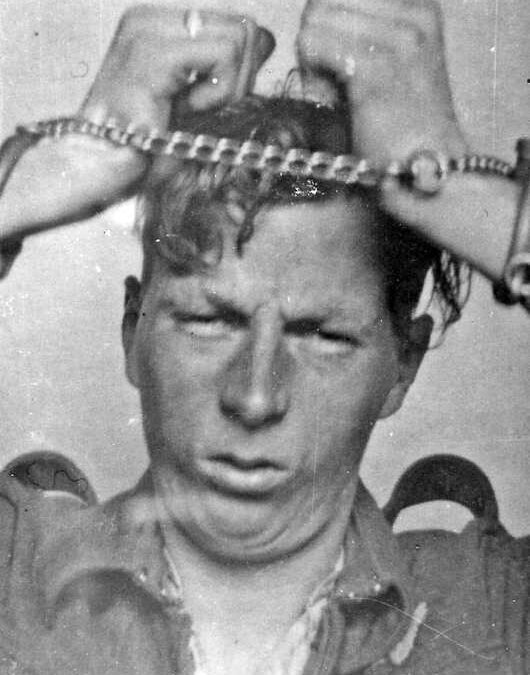Imagine spending an entire year with your wrists bound in front of you, unable to perform simple tasks like eating or dressing yourself. That was the horrifying reality for my ancestor, Leslie Greenwell, who was a prisoner of war during World War II.
“For the first three months, we spent the daylight hours with our wrists crossed in front of us, tied together with cord. After that, our wrists were shackled with chains that only allowed approximately eight inches of movement,” Greenwell told the Perry County Republican during a July 1945 interview after his release.*(1)
Born in Perry County, Missouri on May 16, 1902, George Leslie Greenwell grew up in Alberta, Canada. “Cousin Leslie,” as he was known by many, was a first cousin to Esther Brewer (my grandma), Evelyn Davis, and Floyd Greenwell.
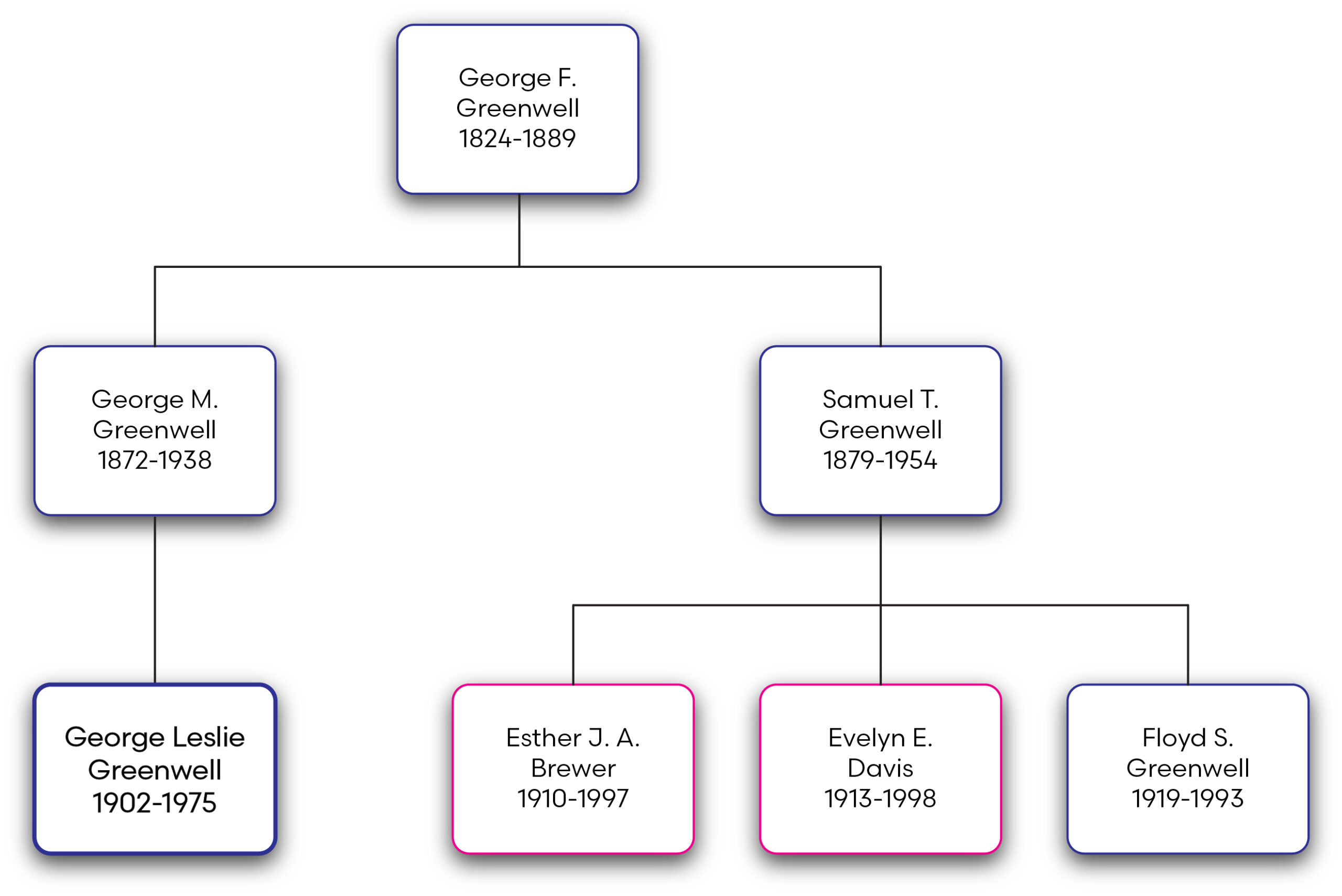
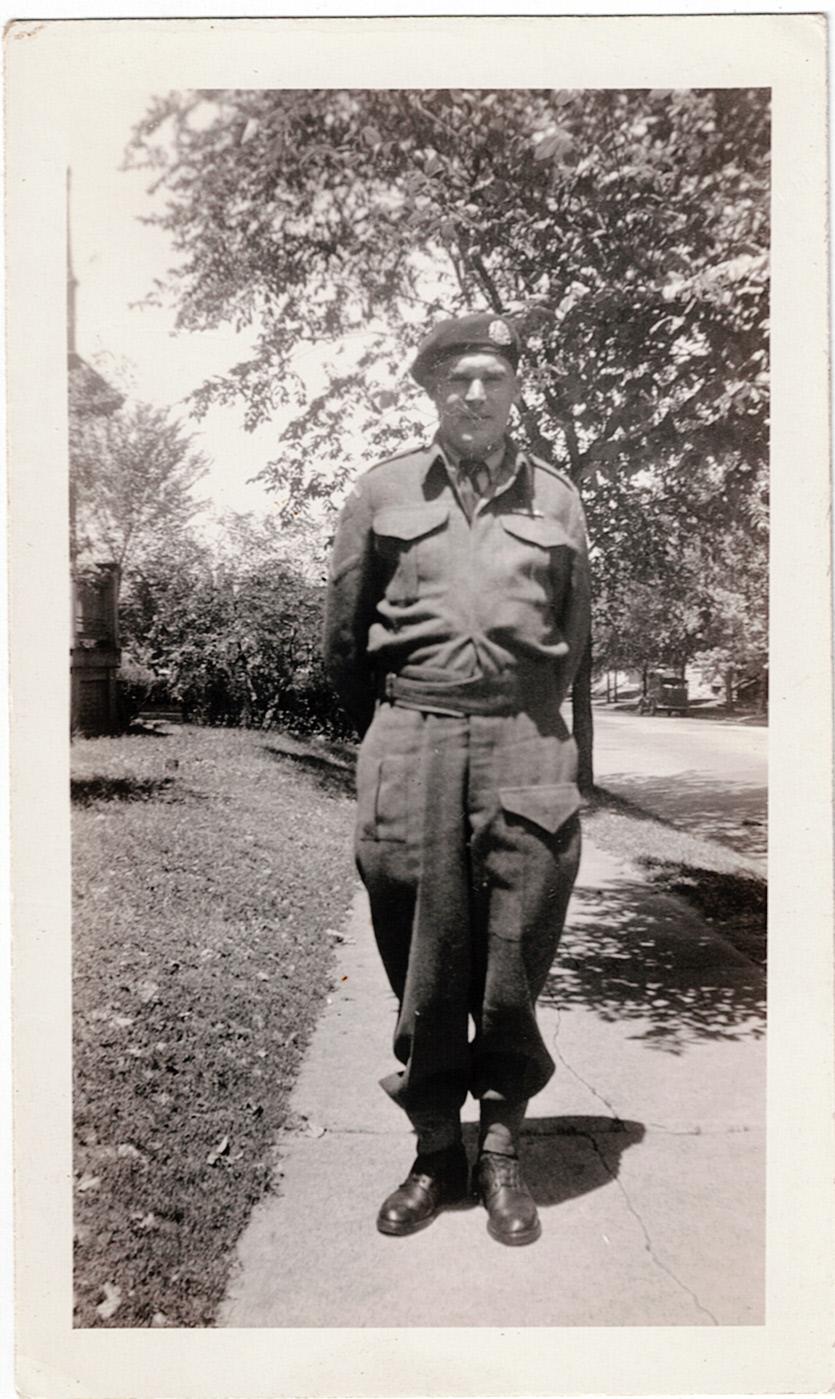
Lance Corporal George Leslie Greenwell
Greenwell joined the Canadian Calgary Regiment in 1940 at the age of 38. He served as a chief mechanic and tank driver when he was captured by the Germans during the Dieppe Raid.
Greenwell believed the Germans had been tipped off prior to the invasion and were prepared to resist. He and the invading force were subject to intense enemy fire for almost an hour while they waited on the beach for English air support. When they returned to the beach to destroy their tanks and other heavy equipment, English ships were not waiting to evacuate them as planned. With their ammunition exhausted, there was no choice but for them to surrender.

Newspaper clipping from February 1943
Greenwell, who suffered shrapnel wounds in both arms during the raid, was sent to Stalag VIIIB, a prison camp in Lamsdorf, Germany (now Poland).
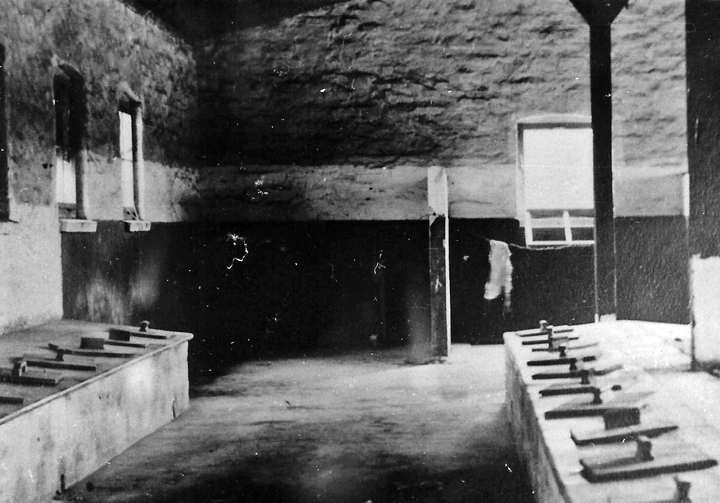
The left half of the Forty Holer
The men were constantly on the brink of starvation. “The food rations were terrible,” Greenwell said, “consisting of thin soup made of potatoes or turnips, with black bread and an occasional bite of meat.” It was later revealed that black bread, widely disliked by the POWs, contained saw dust, minced leaves, and straw.(5)
Greenwell weighed 165 pounds when he was taken prisoner and only 135 pounds when he was released.
“We were able to survive only because of the Red Cross food parcels which reached us every two weeks,” Greenwell said.
The POWs managed to secretly build a radio from parts smuggled in by friendly guards. It was their only way to know what was happening outside the prison walls, enabling them to follow the progress of the war.
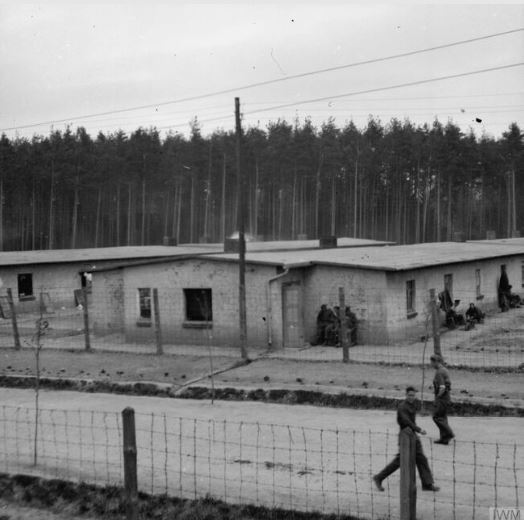
A view of the Canadian Compound at Stalag VIIIB. An escape tunnel was dug from this area to the forest outside the camp perimeter.
Many captives who repeatedly attempted to escape from POW camps were sent to Saalhaus Colditz, more commonly known as Colditz Castle. Considered an escape-proof prison, Greenwell’s military records reveal that he was among those transferred to this facility.
Leslie Greenwell endured three years as a prisoner of war, finally gaining his freedom in April 1945. His bravery during the Dieppe Raid was recognized with a medal from the King.

Record of Leslie Greenwell’s Military Medal.
Greenwell passed away on July 28, 1975. Despite enduring unimaginable hardships as a POW, Cousin Leslie’s spirit remained unbroken. His courage was a testament to the human capacity for resilience. Let us honor his legacy by sharing his story and never forgeting the challenges he overcame.
*The quoted material in this post is based on a secondary source: an article in the Perry County Republican newspaper that paraphrases an interview with Leslie Greenwell.
Note: The chained prisoner in the first photo is Jack Diamond, a fellow POW from Stalag VIIIB.
- “Gives Details On Dieppe Raid,” Perry County Republican (Perryville, Missouri), 19 July 1945, p.1, col. 1; SHSMO.org (https://shsmo.org/collections/newspapers: accessed 30 August 2024).
- Veterans Affairs Canada, “The Attack at Dieppe,” (2022); Veterens.gc.ca (https://www.veterans.gc.ca/en/remembrance/information-for/educators/learning-modules/dieppe-raid/attack-at-dieppe: accessed 30 August 2024).
- “Stalag VIII-B Pow Camp 344 Lamsdorf Poland,” RSM Goodey Archive (n.d.); web article (https://stalagv111b.weebly.com/stalag-viii-b-pow-camp-344.html: accessed 30 August 2025).
- Ralf Brooks, “The Life and Times of Hubert Brooks M.C. C.D. A Canadian Hero,” section 2.9 (n.d.), website that seemingly draws from unknown source created by Hubert Brooks; web article (http://www.hubertbrooks.com/2_9HubertBrooks_3rdEscape.html: accessed 30 August 2025).
- C.B. Perdue, “Recipe for Black Bread,” (26 January 2017); blog, b17chief.com (https://b17chief.com/2017/01/26/recipe-for-black-bread/: accessed 30 August 2024).
- Brooks, section 2.4; (http://www.hubertbrooks.com/2_9HubertBrooks_3rdEscape.html: accessed 30 August 2025).
- Parker, W., POW Jack Diamond During ‘Chaining Up’ Period [Photograph] (n.d.). Bomber Command Museum Archives. https://www.bombercommandmuseumarchives.ca/s,stalag.html?fbclid=IwAR3pq11ykKuoF25pvjfwxzVW2NM4sQ7ZKJYIat0gZO272aOoo1JUpF5LgxQ
- Spohr, J., Family Tree [Image] (August 2024). Personal Collection.
- George Leslie Greenwell [Photograph] (1946). Personal Collection.
- The St. Louis Star and Times, Prisoner of Nazis [Image] (February 1943). https://www.newspapers.com/clip/154155218/reported-prisoner-of-war/?xid=637
- Parker, W., Left Half of the ‘Forty Holer’ [Photograph] (n.d.). Bomber Command Museum Archives. https://www.bombercommandmuseumarchives.ca/s,stalag.html?fbclid=IwAR3pq11ykKuoF25pvjfwxzVW2NM4sQ7ZKJYIat0gZO272aOoo1JUpF5LgxQ
- Hill, J., Canadian Compound Stalag VIII B [Photograph] (1942-1945). Imperial War Museums. https://www.iwm.org.uk/collections/item/object/205018437
- Canada, Military Honours and Awards Citation Card [Image] (1946). Ancestry.com

